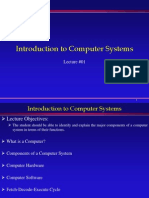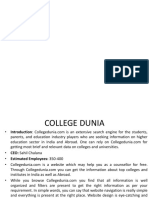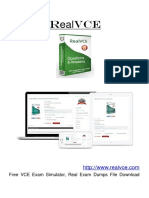0% found this document useful (0 votes)
23 views45 pagesComputer System
The document provides an overview of computer systems, detailing the components of hardware and software. It explains input and output devices, the central processing unit (CPU), and the differences between primary and secondary memory. Additionally, it covers the types of software, including system and application software.
Uploaded by
originalfranzlisztCopyright
© © All Rights Reserved
We take content rights seriously. If you suspect this is your content, claim it here.
Available Formats
Download as PDF, TXT or read online on Scribd
0% found this document useful (0 votes)
23 views45 pagesComputer System
The document provides an overview of computer systems, detailing the components of hardware and software. It explains input and output devices, the central processing unit (CPU), and the differences between primary and secondary memory. Additionally, it covers the types of software, including system and application software.
Uploaded by
originalfranzlisztCopyright
© © All Rights Reserved
We take content rights seriously. If you suspect this is your content, claim it here.
Available Formats
Download as PDF, TXT or read online on Scribd
/ 45
























































































